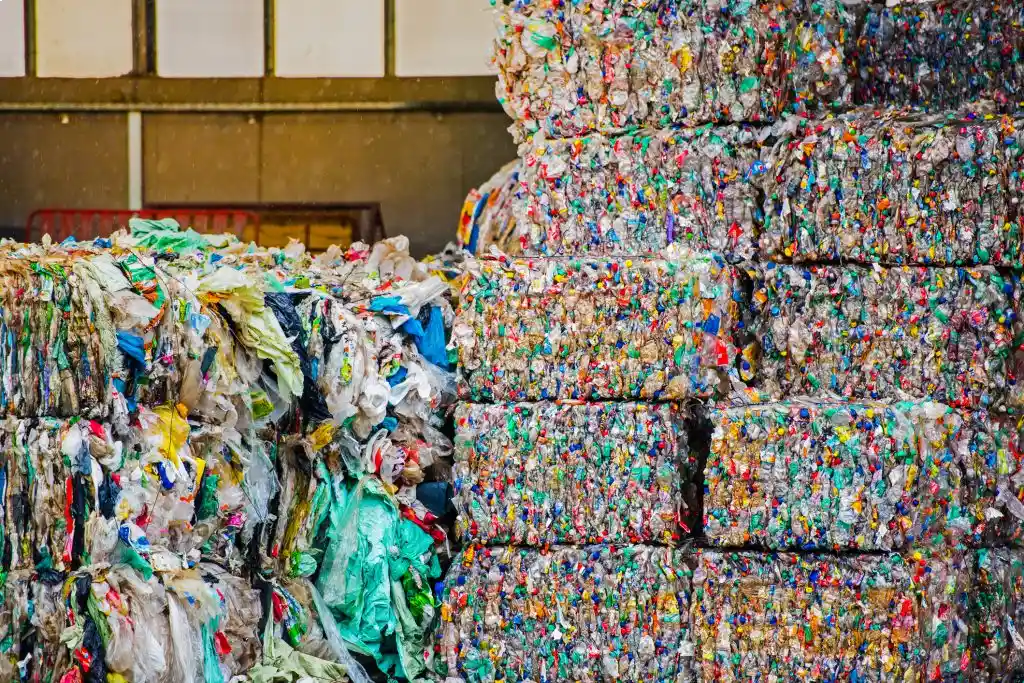
The way that we use and dispose of plastic does not work. Not for the planet, and not for the economy. Canadian citizens, businesses and policymakers are increasingly and rightfully concerned with plastic waste. Citizens and consumers are demanding that we find a more sustainable approach to plastics. Many businesses share their customers’ and consumers’ concerns, and are looking for creative, effective ways to capture more value and reduce waste.
The current linear model of take-make-waste is bad for the planet, and bad for business, too. Plastics are manufactured from raw materials. Much of it is used for a limited time, and then huge volumes are disposed of in our landfills and or leak into the environment.
Globally, as little as 2% of plastics may actually end up being recycled for manufacturing in a closed-loop to displace virgin materials. Valued at between $100 and $150 billion annually, 95% of the material value of plastic packaging is lost to the global economy after only a single use. In Canada, only about 11-12% of the approximately 3.84 million tonnes of plastics used annually is collected for recycling, and a significant portion of this is never actually recycled. This way of doing things is highly wasteful, harmful to the environment, unsustainable in the long-term, and a missed opportunity as value is literally thrown away.
The good news is that Canada has the opportunity to be a world leader in building a sustainable, prosperous, zero-waste, low-carbon emitting circular economy that benefits our lives and contributes to the resilience and health of the planet. This is a landmark opportunity, and one that we must seize immediately. By transitioning to a circular economy, it is possible to have a thriving economy that benefits all, in which nothing is wasted and materials are reused and recycled in a closed and sustainable loop.
Join our mailing list